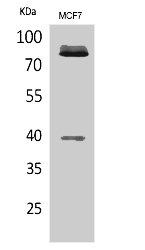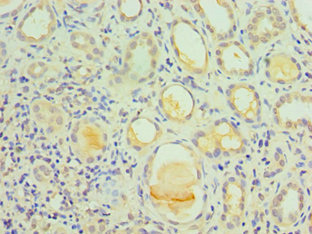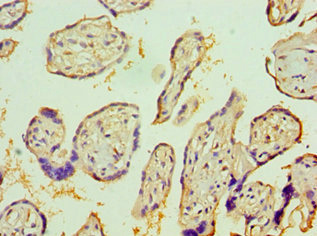The polyclonal antibody targeting IL1R1 was generated in rabbits using the recombinant human IL1R1 protein containing amino acids 31-80 as the immunogen. The IL1R1 antibody was then isolated and underwent antigen affinity purification. It specifically recognizes and binds to the IL1R1 protein present in human and mouse samples.
This IL1R1 antibody has been validated for use in ELISA, WB, and IHC assays, ensuring the functional reliability of the antibody. IL1R1 mainly acts as a receptor for IL-1α and IL-1β. Upon their binding, it induces the recruitment of the adaptor protein MyD88 and the subsequent activation of NF-κB and MAPK signaling pathways, responsible for the production of pro-inflammatory cytokines, chemokines, and other inflammatory mediators.






